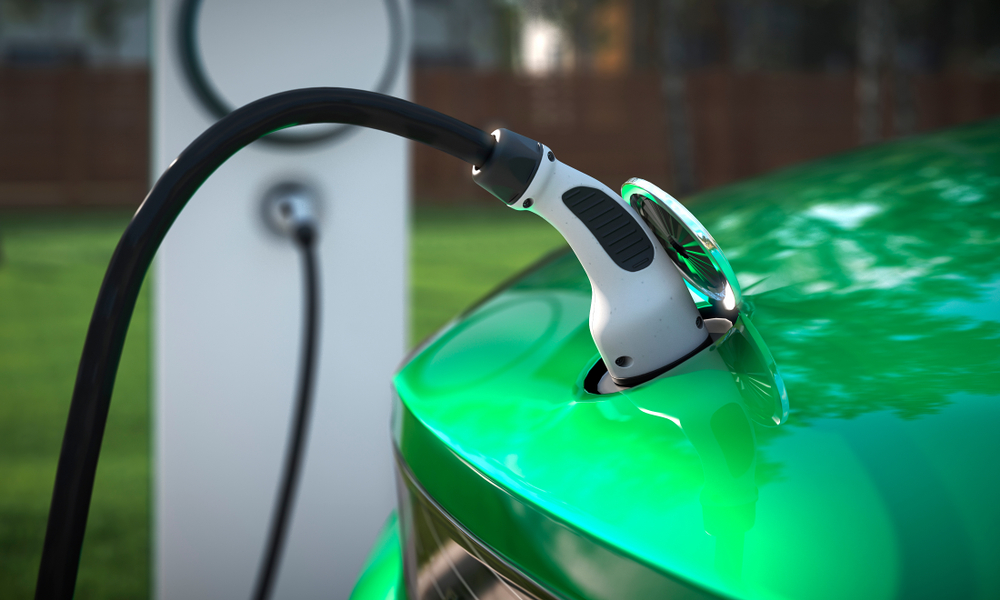Chinese electric vehicle maker BYD is expanding operations overseas, setting a unit sales target for 2023 with an eye toward overtaking American rival Tesla.
Operating in more than 40 nations including Japan and countries in Southeast Asia and Europe, BYD plans to sell nearly 2 million EVs this year.
“Our dream will come true as a result of research and development efforts over 20 years. We will change the global industrial structure for luxury cars,” said Wang Chuanfu, founder and chairman of BYD, at an online unveiling of its luxury Yangwang brand on Jan. 5.
Offering a luxury EV has been a goal of BYD for years after first entering the automobile market in 2003.
BYD is set to release the Yangwang U8 off-road SUV and the U9 supercar in 2023 at expected prices between RMB 800,000 yuan (USD 116,878) and RMB 1.5 million (USD 218,099).
Yangwang models control each of the four wheels separately so that vehicles can stop safely even if one tire goes flat. The U8 also features emergency functions such as the ability to float and move while in water.
BYD will enter the luxury EV sector due partly to its precarious position in the Chinese market. The company has grown on strong sales of low- and medium-priced models with price tags of between RMB 100,000 and 300,000, such as the Song, Qin, Dolphin, and Han.
But competition in this price range is intensifying. Tesla resorted to steep price cuts in January, bringing the lowest price of its core Model 3 to RMB 229,000 (USD 33,296) from RMB 265,900 (USD 38,661). It now competes head-on with BYD in the medium-priced market.
Others such as Volkswagen and Honda Motor are also shoring up their EV businesses in China, challenging BYD’s dominance.
BYD will release the Yangwang models to pave the way for entry into the high-priced segment. “This initiative broadens BYD’s path into the higher-value segment amid intensifying competition in the mass market, where the company might soon hit a plateau,” said Morgan Stanley in a report issued on Jan. 5.
BYD’s current EV lineup, which comprises mostly low- and medium-priced models, results in lower profits. The ratio of operating profit to sales in BYD’s auto business has been less than 5% in recent years compared with Tesla’s 25%.
EVs and plug-in hybrid vehicles (PHVs) are less profitable than gasoline-powered cars because batteries are so expensive. BVD’s struggle to raise its bottom line has pushed it into other market segments. The Yangwang brand is hoped to not only boost profits but enhance the company’s image.
Other headwinds are also gaining. In particular, the Chinese government discontinued buyer subsidies for EVs and PHVs at the end of 2022. This incentive used to be offered to buyers from makers who met various criteria such as travel range. BYD benefited most from the subsidies, receiving RMB 5.8 billion (USD 843,317) in the fiscal year through December 2021, up 2.5 times from the previous year.
BYD hiked prices in January to improve earnings, citing the end of subsidies and rising costs of materials for batteries — a sharp contrast with Tesla, which slashed prices.
In January, BYD logged a 59% increase in new car sales from a year earlier despite adverse effects from the spread of COVID-19 in China and the Lunar New Year holiday. But sales in 2022 slowed from the previous year’s 2.5-fold gain, and the fallout from the price hike may hit hard.
BYD has been expanding overseas sales in anticipation of a slowdown in the domestic market. In addition to promoting electric buses overseas, the company is ramping up marketing of electric passenger vehicles in Thailand, India, Japan, and other countries.
But overseas consumers may still hesitate to purchase Chinese EVs, a likely hurdle for BYD down the road.
“Europe is now the main target for electric vehicle exports from China — a trend that has benefited greatly from Chinese market-distorting policies,” the Mercator Institute for China Studies of Germany said in a report issued in March 2022. It pointed out that China-made vehicles put European employment, investment, and innovation at stake, and that “the EU needs to carefully monitor the situation at home and abroad and consider the use of trade defense instruments of its own.”
As Europe becomes the main market for Chinese EVs, the region’s jobs, investment, and technological innovations on the continent are exposed to risks, the Mercator Institute for China Studies of Germany said, stressing the need to examine countermeasures in trade. BYD will be hit hard if it is subject to export restrictions by the U.S. as has been the case with Huawei Technologies.
Additionally, while North America is a leading market for Tesla, Toyota, Volkswagen and others, BYD focuses on Europe and Asia and may be unable to reap benefits from economy of scale, which lowers production costs in the medium and long term.
“Fast fish eat slow fish,” said BYD’s Wang in 2022.
Born to a farming family in the inland province of Anhui, Wang founded BYD in 1995 when he was in his 20s and expanded the company’s business by supplying lithium-ion batteries for mobile phones to U.S. and European makers. The company also produces smartphones on behalf of Chinese and overseas manufacturers. But to gain the top spot in the auto industry, BYD needs to further accelerate innovation.
This article first appeared on Nikkei Asia. It has been republished here as part of 36Kr’s ongoing partnership with Nikkei.

